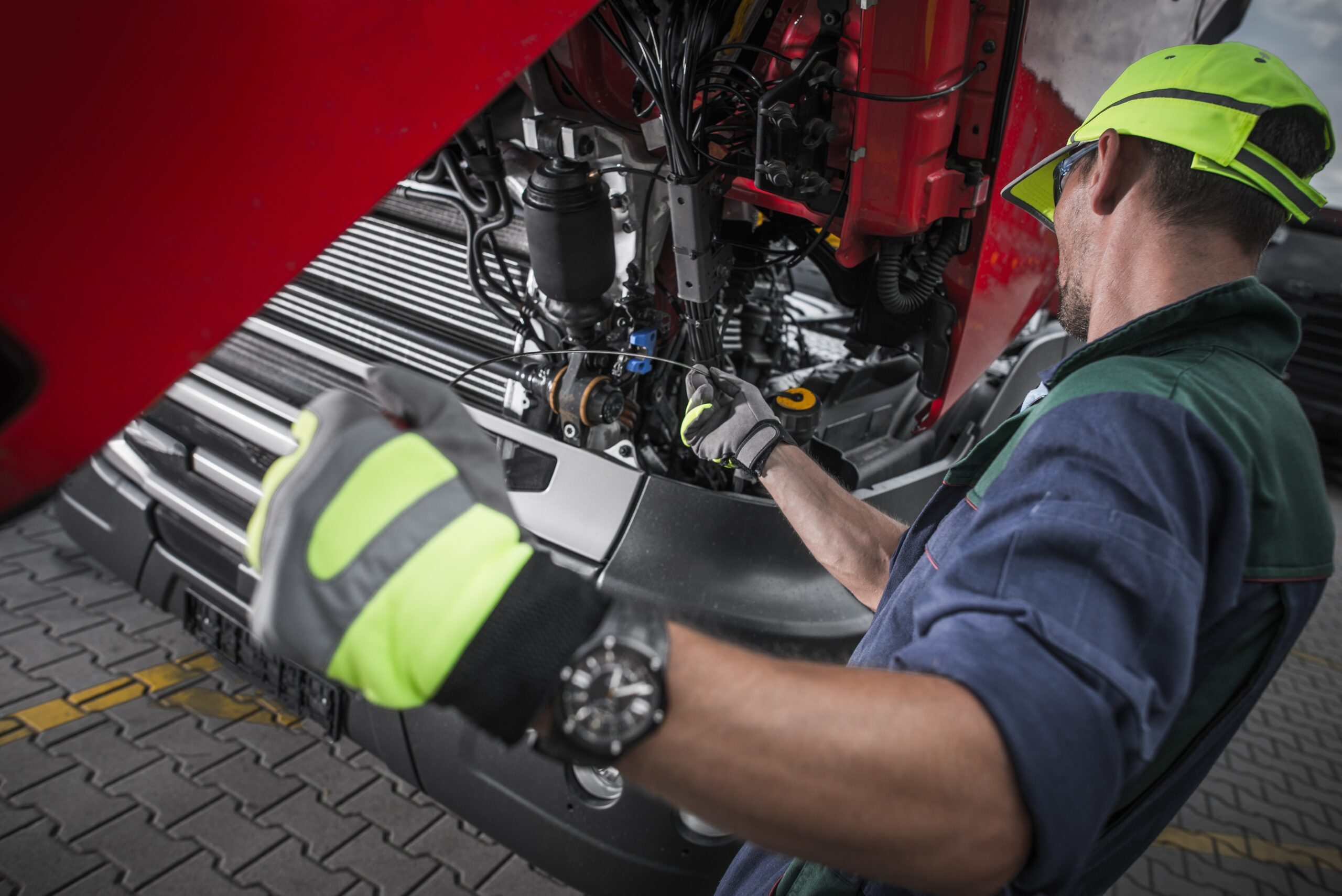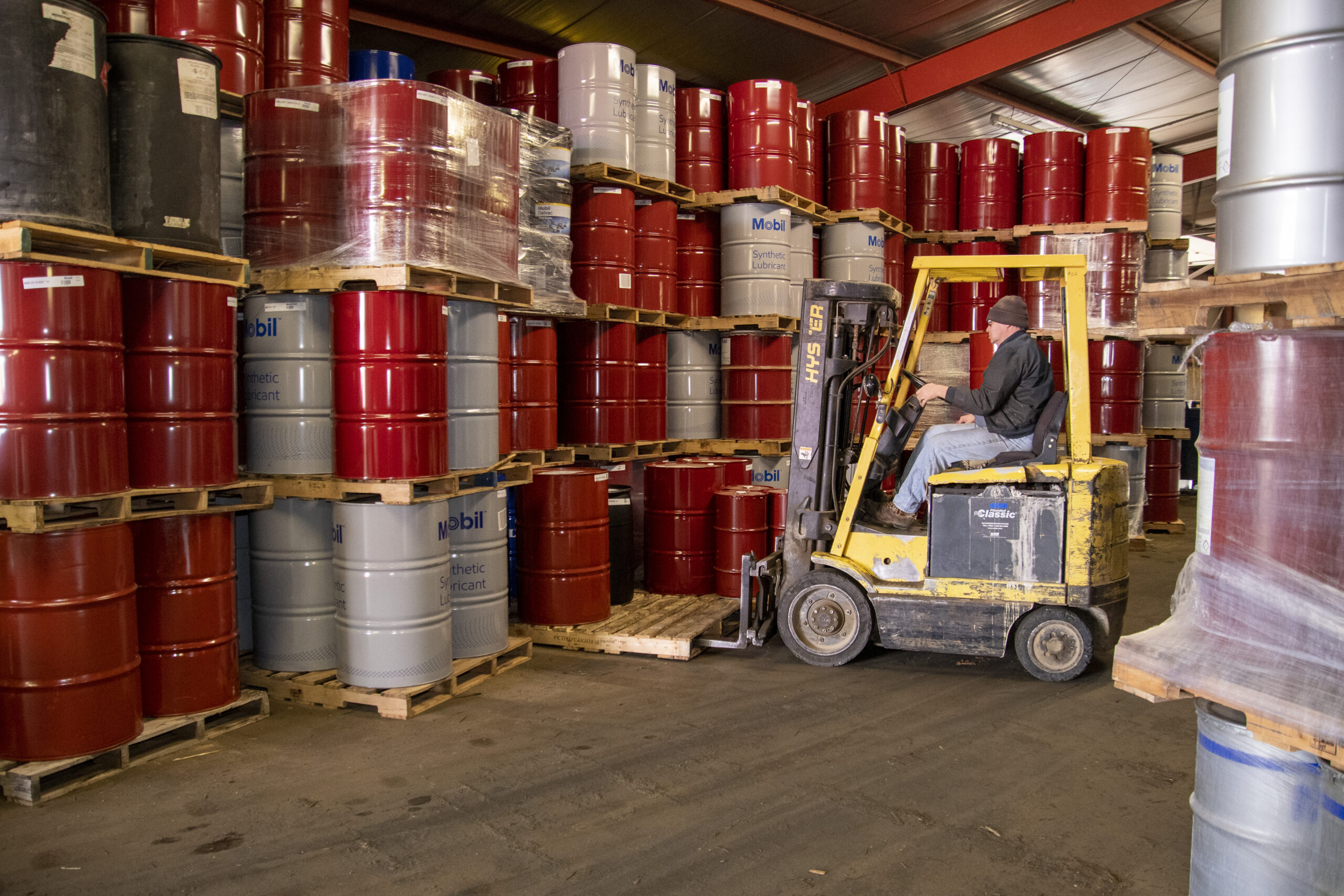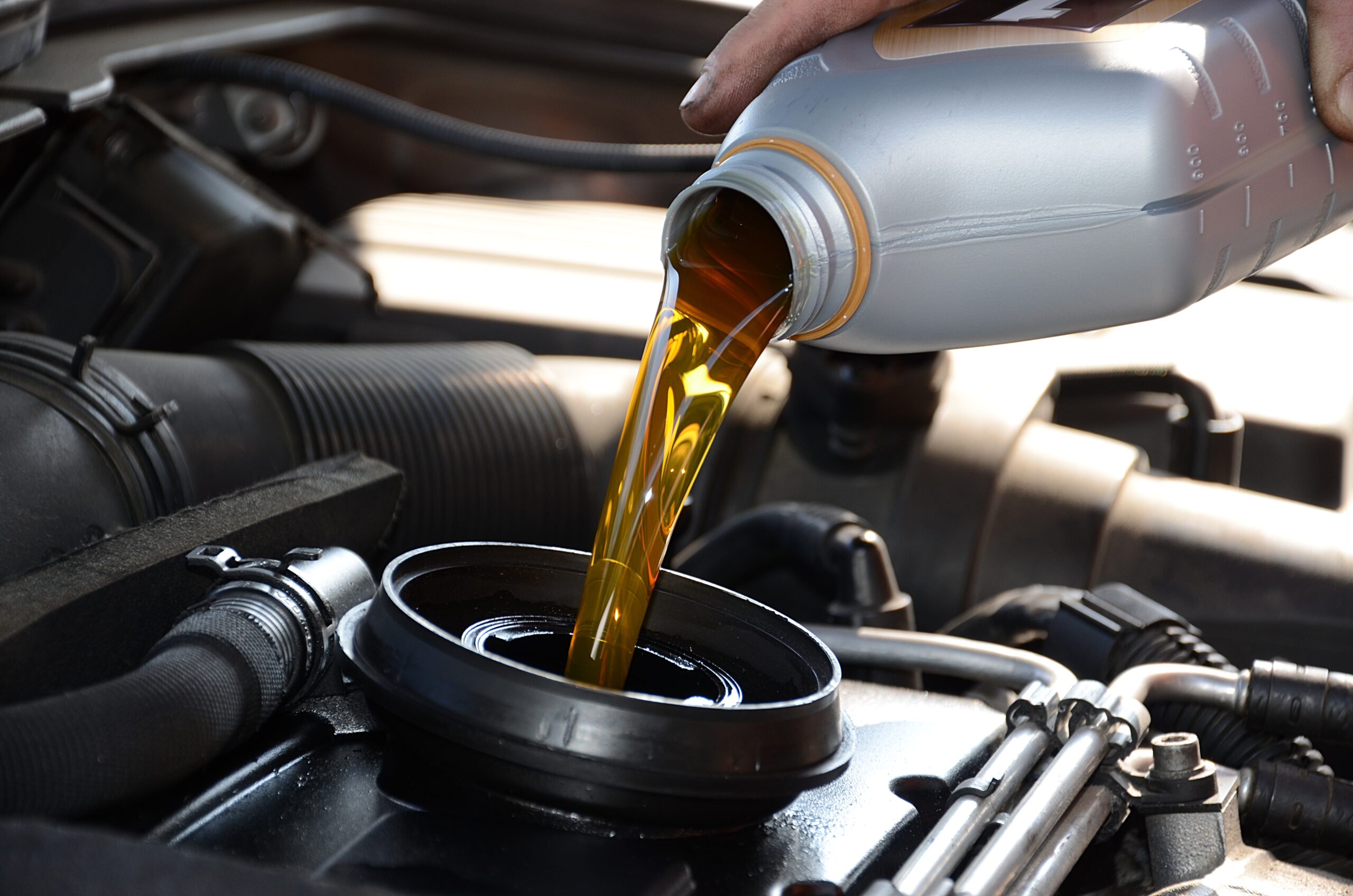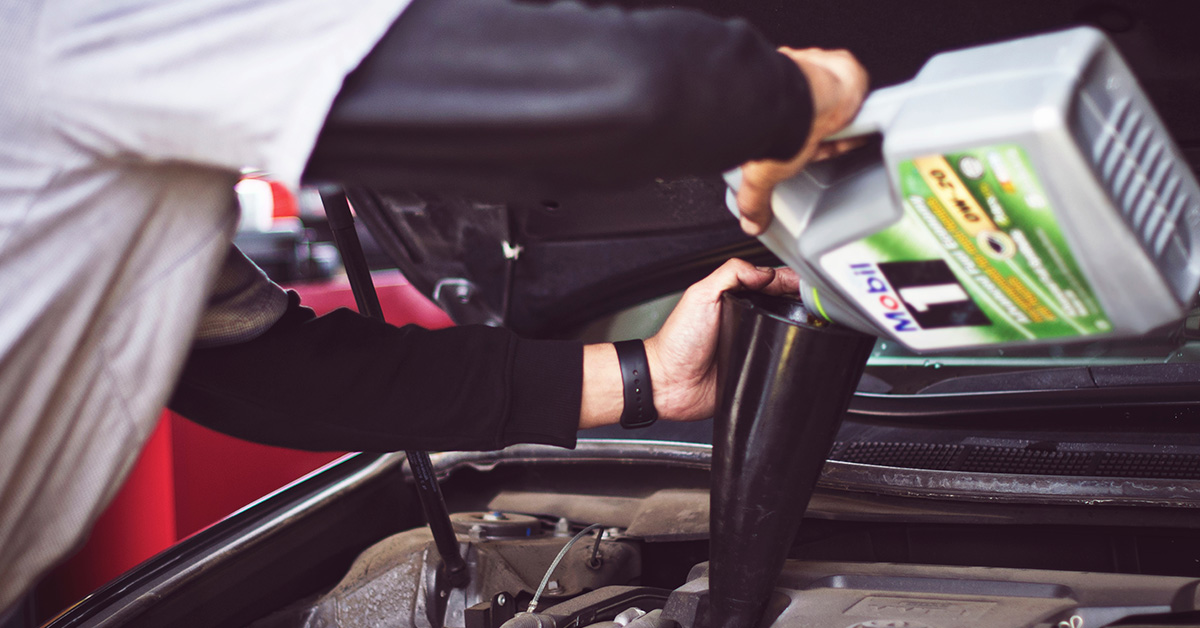
News
A Helpful Guide: Fuel Economy and Fuel-Efficient Lubricants
August 2, 2021
A QUICK HELP GUIDE
Fuel is a leading operating cost for fleets, yet only 35% of fuel's energy is used to move a truck. That's because half of the fuel's energy is lost as heat and another 15% is lost as friction. Although friction cannot be completely eliminated, there are ways to reduce friction losses and help increase fuel economy.
How friction impacts fuel economy
Within an engine, there are two types of friction:
- Viscous Friction – Related to the thickness of the oil, and includes energy losses related to pumping the oil through the engine.
- Contact Friction – Results from contact between me tal surfaces, which can lead to engine wear and reduced fuel economy.
Balance of Friction in an engine
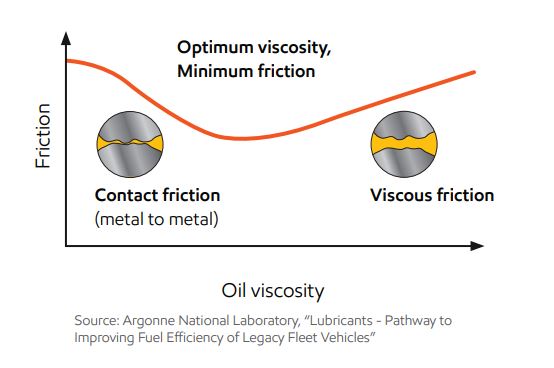
Did you know?
Viscous friction is highest during cold engine startup and stop-and-go driving.
iMPACT OF VISCOSITY OF FUEL CONSUMPTION
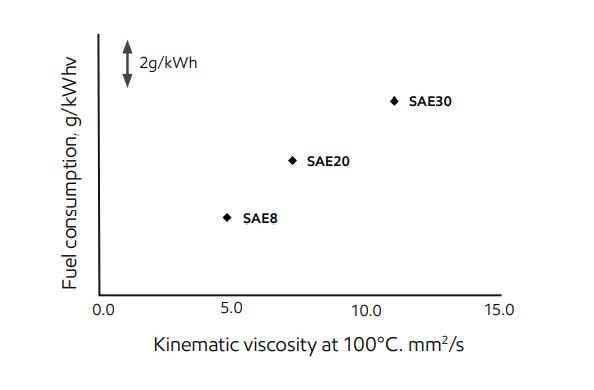
hOW TO HELP IMPROVE FUEL ECONOMY
Helping improve fuel economy in heavy-duty trucks can be achieved by:
- Switching to an oil with a lower viscosity grade
- Maintaining the lower viscosity grade throughout the oil drain intervals
- Choosing a diesel engine oil with a balanced formulation that supports viscosity control
HOW VISCOSITY CHANGES OVER TIME
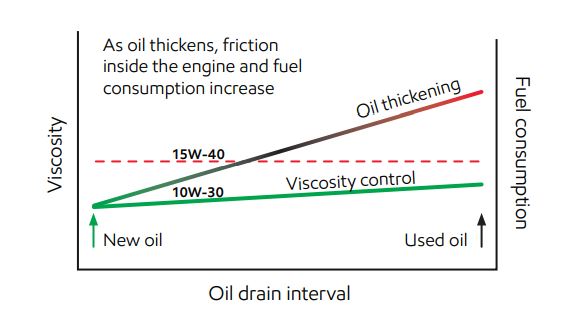
tHE FOLLOWING CAN ALL INCREASE VISCOSITY AND REDUCE FUEL ECONOMY GAINS:
WEAR METALS
OXIDATION
SOOT LOADING
Did you know?
The longer the oil stays in grade, the longer the fuel economy benefit can be maintained.
8 things you should know
Oil Consumption and Oil Pressure
- Oil consumption can change in the short term when switching from one product to another of the same viscosity. The consumption should stabilize after about three oil changes and generally, there shouldn't be any long-term effects.
- When switching products/formulations, a new oil can help clean up deposits around the rings on the cylinder. It can take time for the rings to reset properly.
- When switching from a 15W-40 to a 10W-30 or 5W-30 oil, there can initially be a slight increase in oil consumption. The increase can be higher for older engines.
- Switching from a CJ-4 to a CK-4 or FA-4 oil may cause oil consumptions to decrease over time.
- By only tracking oil consumption after making a change in products/forumlations, the new oil's performance will be more challening to measure (i.e., the same amount of oil consumption may ahve been present with the previous oil.)
- If an oil top-off is more that 3 to 4 quarts/ 500 to 1,000 miles, it's on the higher end of oil consumption. If this level of consumption continues to increase, it should be investigated before any aftertreatment damage is done.
- Changes in oil pressure can vary from one engine to anouther, so there isn't on standard figure to measure against.
- Expect oil pressure to drop when switching from a 15W-40 to a 10W-30 or a 5W-30 oil. Changes in oil pressure are not a cause for concern as longa s the oil pressure does not drop to <10 psi in driving conditions. As long as there is oil pressure, there is oil flow.



